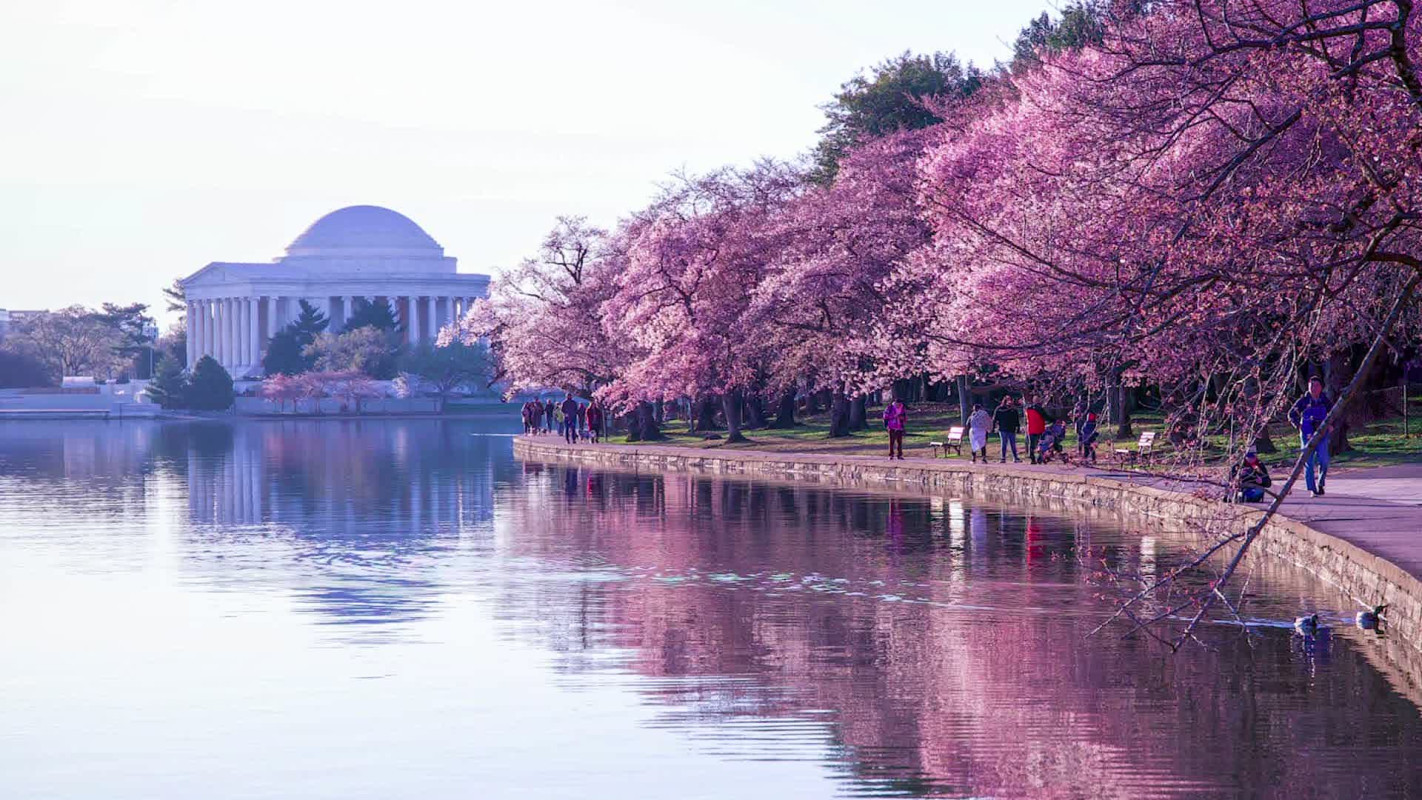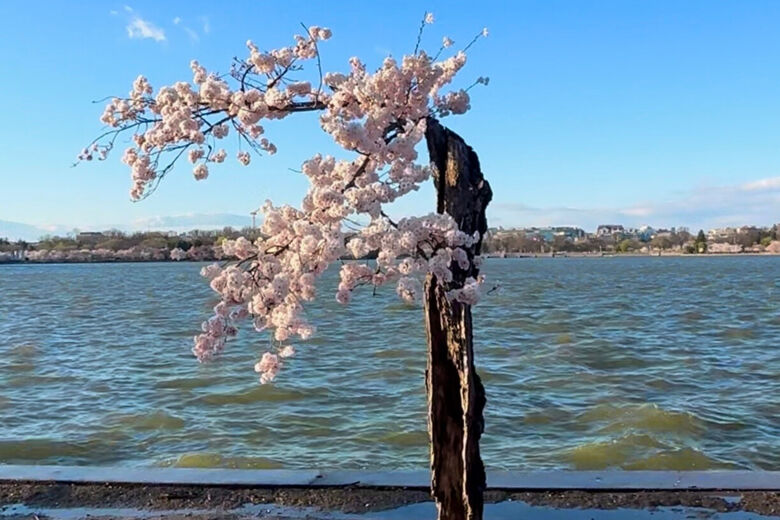 Cherry blossom season is here—but has it come too early?
Cherry blossom season is here—but has it come too early?
During the National Cherry Blossom Festival, over a million tourists come to admire Washington D.C.'s 3,000 cherry blossom trees. But this year has some unusually early blooms, which may spell trouble in the long run.
To understand the difference between this year's and previous years' blooms, we first need to dive back into the significance and history of the Washington cherry blossoms.
Understanding the Cycle
 The 3,000 pink and white flowering trees were a gift to the U.S. from Japan in 1912. The traditional cherry blossoms have been widely celebrated for centuries in Japan and as a symbol of friendship, were planted in Washinton DC, particularly around the Tidal Basin.
The 3,000 pink and white flowering trees were a gift to the U.S. from Japan in 1912. The traditional cherry blossoms have been widely celebrated for centuries in Japan and as a symbol of friendship, were planted in Washinton DC, particularly around the Tidal Basin.
The National Cherry Blossom Festival often takes place from late March to early April. This year, the festival was scheduled from March 20 to April 13.
“Peak Bloom” is defined as the time when 70% of the trees around Tidal Basin have bloomed, and is the sixth and final stage that cherry blossoms go through. This year’s peak bloom occurred on March 17 and was expected to last anywhere from a few days to over a week depending on the weather before wilting off.
This year's bloom has occurred about two weeks ahead of normal, following a trend set by last year's blooms which were also a week early. This year’s is the second-earliest recorded peak bloom, with the earliest recorded on March 15, 1921.
What causes the blossoms to bloom earlier exactly? Abnormally mild and warm weather encourages the cherry blossoms to speed through their stages and blossom earlier than expected. The relatively temperate February and March weather this year were the precursors for the early blooms.
Future Blooms
 The speedy bloom this year might not seem that important, but it points toward the changing climate brought on by global warming. This year’s March was around 9 degrees warmer than normal, with no recorded freezing temperatures since February that would normally delay the blossom growth.
The speedy bloom this year might not seem that important, but it points toward the changing climate brought on by global warming. This year’s March was around 9 degrees warmer than normal, with no recorded freezing temperatures since February that would normally delay the blossom growth.
The warming climate not only brings early blossoms but is also threatening the trees through more indirect means—rising sea levels.
Over the past century, water levels around the Tidal Basin have risen more than a foot. “Stumpy”, one of the iconic trees along with over 100 other cherry blossom trees will be cut down around the Tidal Basin to make room for a seawall as the water levels continue to rise.
Thankfully, more cherry blossom trees are expected to be planted following the removal of the original trees near the shore.
Sources: Washington Post, NY Times, NPS, WJLA








